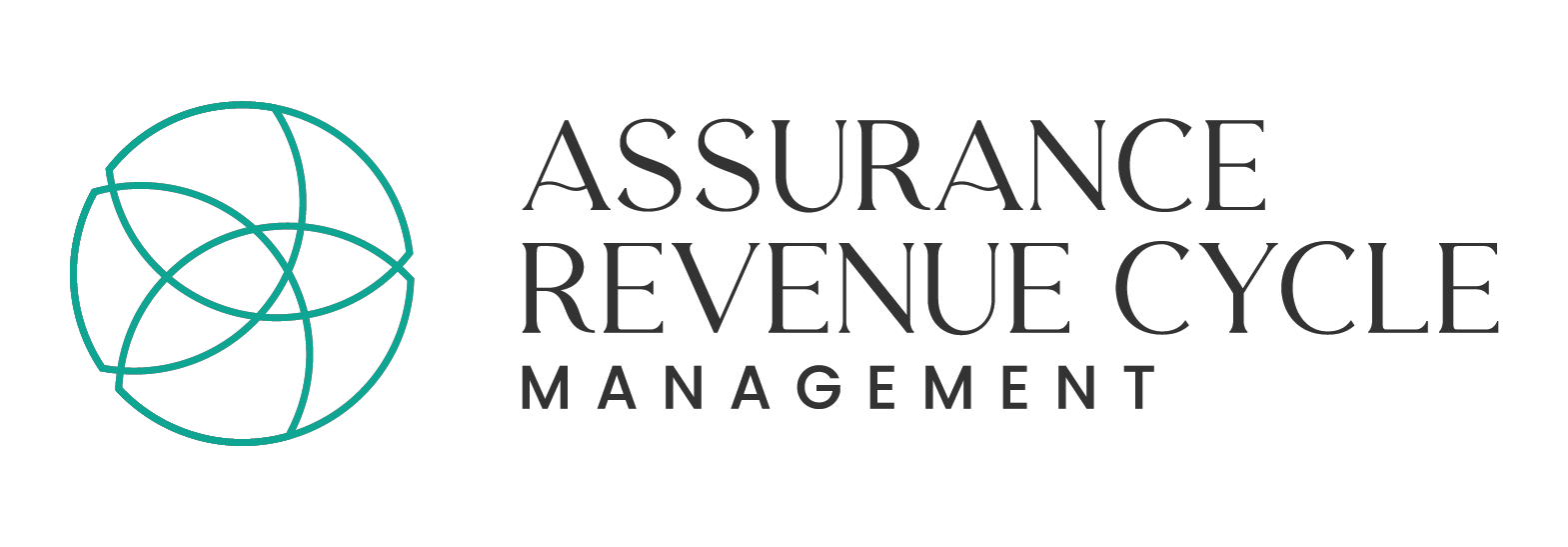Maximizing Revenue Cycle Management in an OBGYN Practice
The Problem
Assurance Revenue Cycle Management (ARCM) was introduced to an OBGYN practice, struggling to keep up with its bills and experiencing a continual financial loss. The owner physician’s compensation was 20 percent of the local average.
The physician owner felt like he was working more than ever and generating significantly less money. After engaging a consulting company to negotiate his insurance contracts, they discovered the very poor collection percentage and suggested focusing on revenue cycle management before contract negotiation.
Three months after transitioning to Assurance Revenue Cycle Management (ARCM), the practice income increased by 25 percent.
The Solution & Results
Three months after transitioning to Assurance Revenue Cycle Management (ARCM), the practice income increased by 25 percent. ARCM identified major issues in the office processes and prior revenue cycle management process. Through frequent communication, analysis, and collaboration, the performance increased, employee retention increased, and finances increased.
The primary issues limiting the financial success of this very busy practice were:
- Lack of understanding of payor guidelines
- Inconsistent benefit verification
- Inconsistent authorization process and lack of thorough documentation
- Inaccurate calculations of employee financial responsibility
- Inconsistent collections from patients
- Lack of task management system between revenue cycle management company and office team
- Lack of organization and processes tied to working accounts receivable
- Infrequent to no communication between the revenue cycle management team and the office
ARCM implemented aggressive, consistent processes to collaborate with the practice and improve these deficiencies. After a year of increased collections, the practice was able to focus on expansion, rather than survival. Collections continued to increase as new services, providers, and locations were introduced.
The reliability of collections, communication and overall performance was critical in allowing this busy practice to reach its potential growth. The physician owner was able to spend energy on treating patients, developing strategy, and investing in growth.
